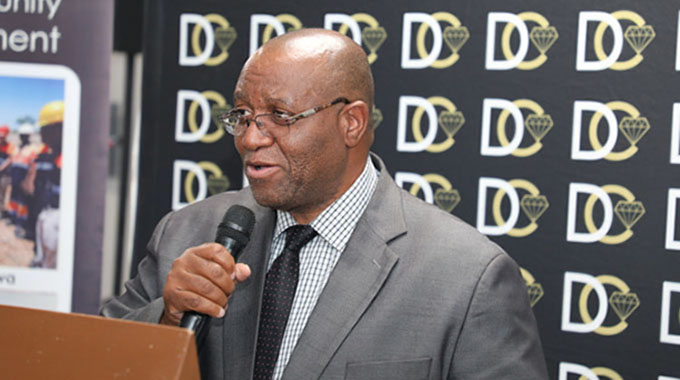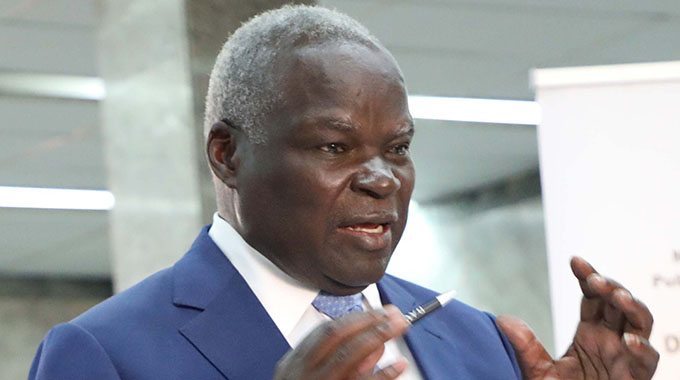Govt’s transport infrastructure development programmes paying off

Enacy Mapakame
THE Government says it will continue its resolve to address transport infrastructure, which is beginning to bear fruits as the sector is a key enabler for achieving smart cities and overall economic growth as espoused in the National Development Strategy (NDS1).
The main transport modes that serve the Zimbabwean economy are roads, railways, aviation as well as inland waterways and these have been facing challenges due to limited investment, natural disasters and recently the adverse impacts of Covid 19 pandemic.
The World Economic Forum’s global competitiveness report shows Zimbabwe has vast opportunities for investing in the transport system which will close the existing gap.
Transport and Infrastructure Development Deputy Minister Mike Madiro, said the Government was aware of the challenges affecting the transport system that stem from rising population, especially in urban centres, where severe traffic congestion and air pollution are being experienced.
Despite the challenges, Deputy Minister Madiro said the Government was committed to developing new and upgrading the existing transport infrastructure system, as initiatives to increase the sector’s competitiveness.
An efficient road, air and rail transport system, he said was the panacea to enhanced economic activity, tourism, domestic and international trade as well as the development of smart cities.
“Transport is a major component that drives economic development, it’s role in the realisation of smart cities cannot be overemphasised,” he said at the 5th edition of the Zimbabwe Infrastructure Investment summit and awards hosted by the Global Renaissance Investments (GRI) last week.
“Meaningful urban development relies on seamless transport development, which include road, rail, air and inland water systems. The rapid growth in urbanisation technology in the last decade has put pressure on Zimbabwe’s existing transport system giving a rise to congestion and accidents as urban population continues to increase compared to rate of investment in the sector. The available transport infrastructure is failing to cope with the rising population,” he said.
In light of this, he highlighted Government’s commitment to seeing a competitive transport infrastructure system.
To date, various multi-million dollar projects have been implemented while others are still ongoing or yet to commence.
These include the Robert Gabriel Mugabe International Airport, the Harare-Beitbridge highway as well as Mbudzi bypass and decongesting the Mabvuku turnoff.
According to the 2021 Zimbabwe Infrastructure Investment Programme, the country’s road network of about 91 667 kilometres require about US$3 billion in new investments to enable recovery of assets and address congestion in major cities, toll gates and at border posts.
Overall support to the transport sector in 2021 amounts to $36,4 billion for ongoing works, with the roads sector getting $31,6 billion and $4,57 billion for aviation.
At least $250 million was set aside for the rail subsector which has a network of about 3 145 kilometers with a design capacity of 18 million tonnes per annum but has reduced to a fifth of its annual capacity owing to poor condition of traction and rolling stock.
The aviation subsector comprise of 10 airports and more than 200 minor airports and aerodromes of diverse standards and capacity, some of which urgently require upgrading.
This subsector has also been adversely affected by decline in tourism sector due the uncertainties brought about by the Covid-19 pandemic, as tourism and travel are the main users of the facilities.
Additionally, air navigation, surveillance, communication system as well as weather installations are Inadequate to meet the needs of industry and hence require urgent upgrade.
The infrastructure investment summit also discussed housing, energy, municipalities as well as infrastructure financing.











Comments